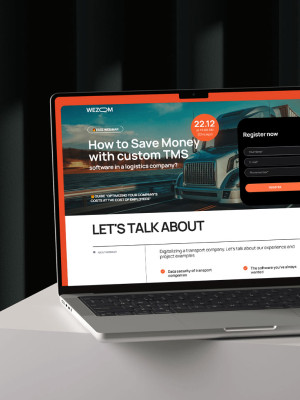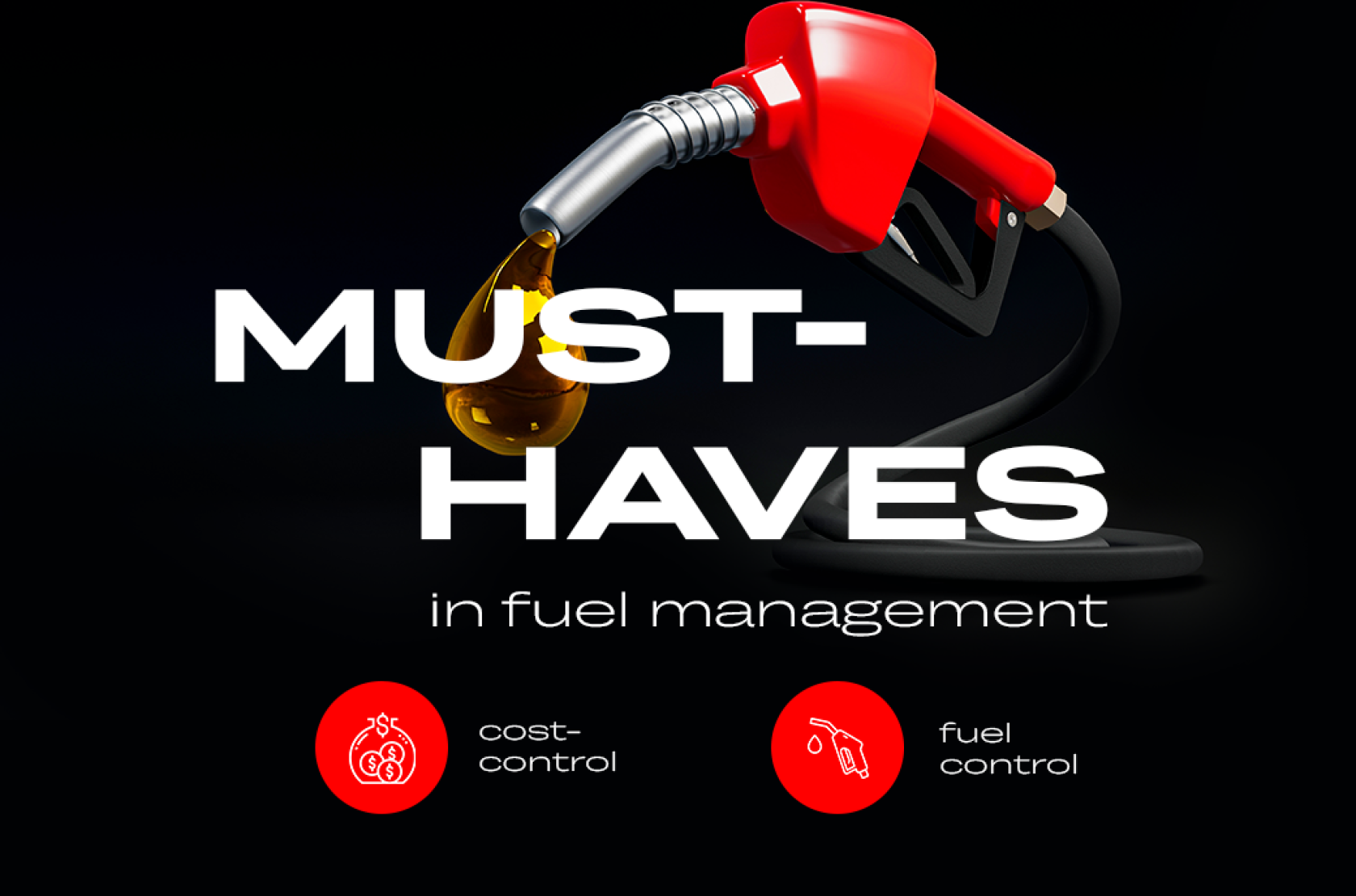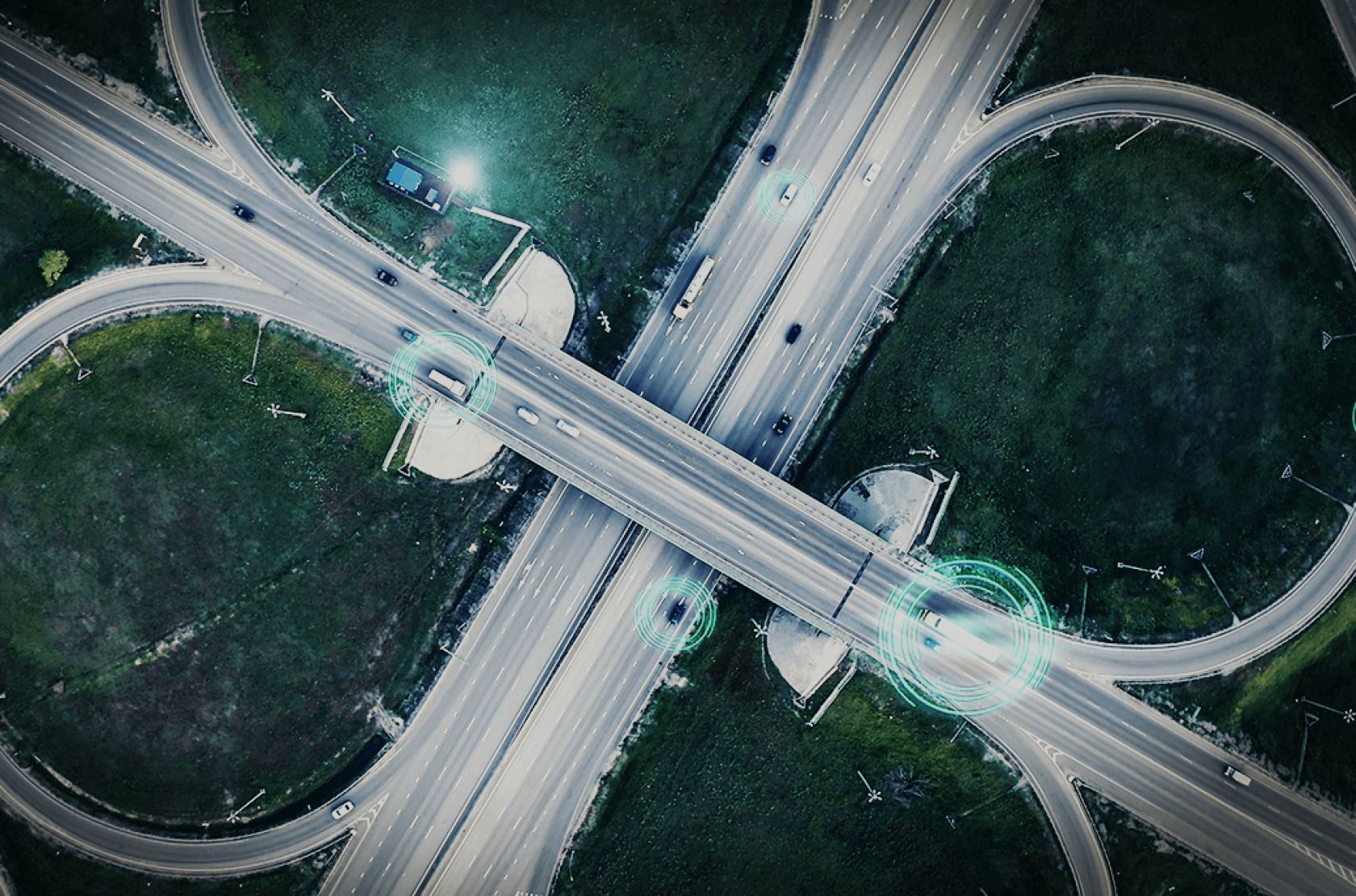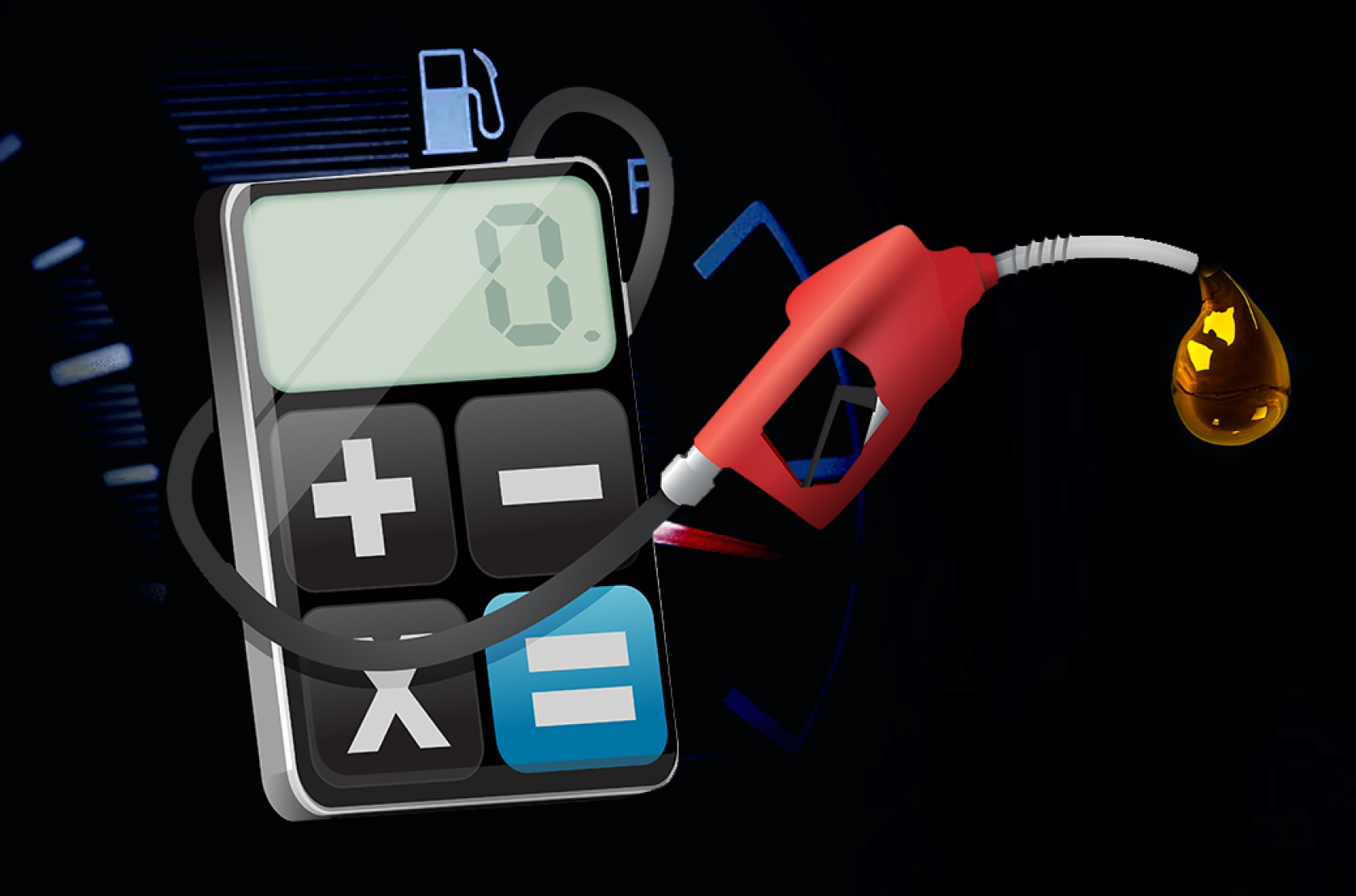The content of the article:
Hardware and software are both utilised in the fuel management system. The gasoline usage may be monitored, regulated, and optimised, which fleet managers can do. It is possible to communicate data in real-time from the fuel management systems of the car by using telematics. The software component utilises sensors located within the vehicle to deliver information in real-time regarding the availability of fuel and its consumption.
This piece of equipment will help you save money by compiling and analysing data regarding the costs of operating your fleet and the amount of fuel it uses. It is not a novel concept for fleet managers to be responsible for purchasing gasoline. They used to keep track of fuel with a pen and paper. Still, today they use cutting-edge technology; this includes fleet size, scalability, customer service, reliability, user interface, app security, API connectivity, and a variety of other things.
Think about all of the possibilities before settling on one.
Must-haves in fuel management
The reduction of costs associated with fleet management might result in a gain in revenue. You can accomplish this goal with the assistance of a specialised fuel management program. Let's look at some of the top features that a fuel management system offers.
Cost-control fuel usage
Keeping tabs on all of their possessions requires a significant amount of work from the owners and managers of fleets. Carelessness and financial losses are two outcomes that might result from anxiety and a lack of self-control. A fantastic strategy for overcoming this obstacle is individual performance analysis by using it to operate.
A fuel control system can detect unusual behaviour by monitoring the amount of fuel purchased and consumed. The information, such as the tank leakage and the MPG, is shown graphically. Using AI and ML, it is possible to forecast the amount of money spent on gasoline by a fleet by analysing past data.
Car maintenance
The upkeep of vehicles is another activity that can profit from using gas management software. You may stay on top of car maintenance, regulatory standards, and safety precautions by using a "daily inspection checklist," which can be helpful at any time of the day or night.
The information obtained from the telematics devices installed in vehicles is presented on a kanban screen for convenient perusal. Automating mundane errands like monitoring the fuel level in your vehicle engine or the air in your tires is now possible thanks to advancements in technology.
GPS
After they had left, there was no way to find out what had happened to your fleet. The only people who were able to provide any information were the drivers. You can keep an eye on your fleet at all times, even while it is in motion, thanks to telematics. Using application programming interface (API) integration services, it is possible to incorporate GPS data from telematics devices into existing fuel management systems.
To plot the locations of the cars, the software makes use of GPS data and real-time fleet location. Only a few carefully chosen members of the moving fleet will be in charge of transporting your prized asset. This is a terrible use of fuel. Through GPS information, a fictitious geo-fence will be produced around the position of your fleet. This results in a saving on gasoline.
Drawing a circle with a specified radius is the first step in creating a geofence. The home base from which all of your ships operate constitutes the nerve centre of your fleet. You will receive a notification if any of the cars in your fleet travel outside the geofence boundaries.

Improve route
Congestion and longer diversions can lead to an increase in the amount of fuel that is consumed by a moving fleet.Fuel management systems that make use of Google's direction API are able to eradicate even the most minute of faults.Real-time recalculation of routes takes place, taking into account a variety of criteria including distance, number of turns, traffic, and others.The software uses machine learning to analyze the results of a comparison between the average MPG of your vehicle and the MPG of your route.Your fuel management system can be able to offer the best route for your fleet by analyzing past data and taking into account the current GPS traffic conditions.
Actual TCO
It is essential that all of the cars in your fleet are serviced and that you have an estimate of their total cost of ownership (TCO). Because of this, fleet cars experience rapid wear and tear and require maintenance more frequently. If the total cost of ownership (TCO) of an automobile is less than its repair price, it is not worthwhile to repair the vehicle. When it comes to information technology infrastructure, utilising the cloud can help you save money. Your data is stored on remote servers configured with RAID 1, which safeguards it against the possibility of a hardware failure.
Fuel calculator
It is not uncommon for traditional fuel economy calculators to provide an estimate higher than the actual fuel price.
The automated fuel management system of calculating fuel efficiency uses the truck's predetermined annual mileage. Calculators that estimate fuel economy and are powered by artificial intelligence can make accurate estimations about the amount of gas used during a particular trip. For instance, they consider the total number of miles driven, the age of the vehicle, and its maintenance record.
Custom vs off-the-shelf
There is a choice between off-the-shelf and customised fuel management systems. With off-the-shelf software, there are few expenses incurred up front, and the functionality is straightforward. Consequently, it is possible that it will not be able to solve all of your problems. Your company's unique requirements can be addressed by developing software made to order.
When working with bespoke software, you have the potential to achieve scalability, safety, robustness, and customisation. The requirements of your fleet will influence which option you go with, so keep that in mind as you make your decision. Let's look at some of the most desirable qualities before we decide on a solution, shall we?




